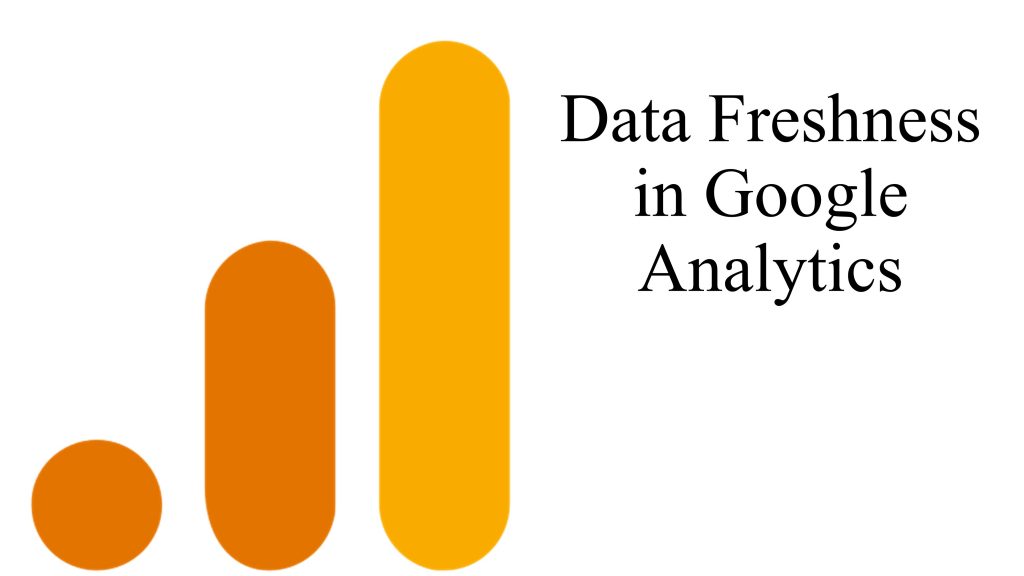
The thing that’s significant about data processing and data freshness in Google Analytics is that, generally, the larger the data processing time, the more comprehensive the report.
What do I mean by that?
I’ll get to that shortly.
Yesterday, I came across this tweet (which was a retweet from the Google Analytics Twitter channel),
That tweet didn’t link anywhere off of Twitter, but upon doing some research, I came across this Analytics Help page: Enhanced Data Freshness.
Here’s a partial screenshot I took:
But, in a quest to know more, I also watched this video, which, as of 2021, is about 4 years old, so the data might be a little outdated, but the basics are the same:
And then I got it.
Remember how I said that “the larger the data processing time, the more comprehensive the report?”
So, for the smaller time frames (that is, for the Enhanced data freshness, which is a 10-minute to 1-hour time frame) you can find out what’s happening right now (or almost right now).
It’s a good time frame to use when you want to test out quick changes (such as the position of a buy button), and you have the traffic to do so at the moment.
Now, in the heading of this section, I say, “larger time frames, better conclusions.” I say that because, if you’ve ever worked with medium- to long-term charts, you know that the smaller the time frame, the more ‘noise’ there is, but when you look at larger and larger time frames, the more you can see a pattern.
That holds in trading, and the same is the case here. If you want to find a trend, it’s better to look at the larger time frames. So, in terms of data freshness, that would be standard daily reports.
But, don’t just look at each day individually; instead, look back over days, weeks, and months to see if you can sense a pattern or a trend.
Maybe there’s something seasonal?